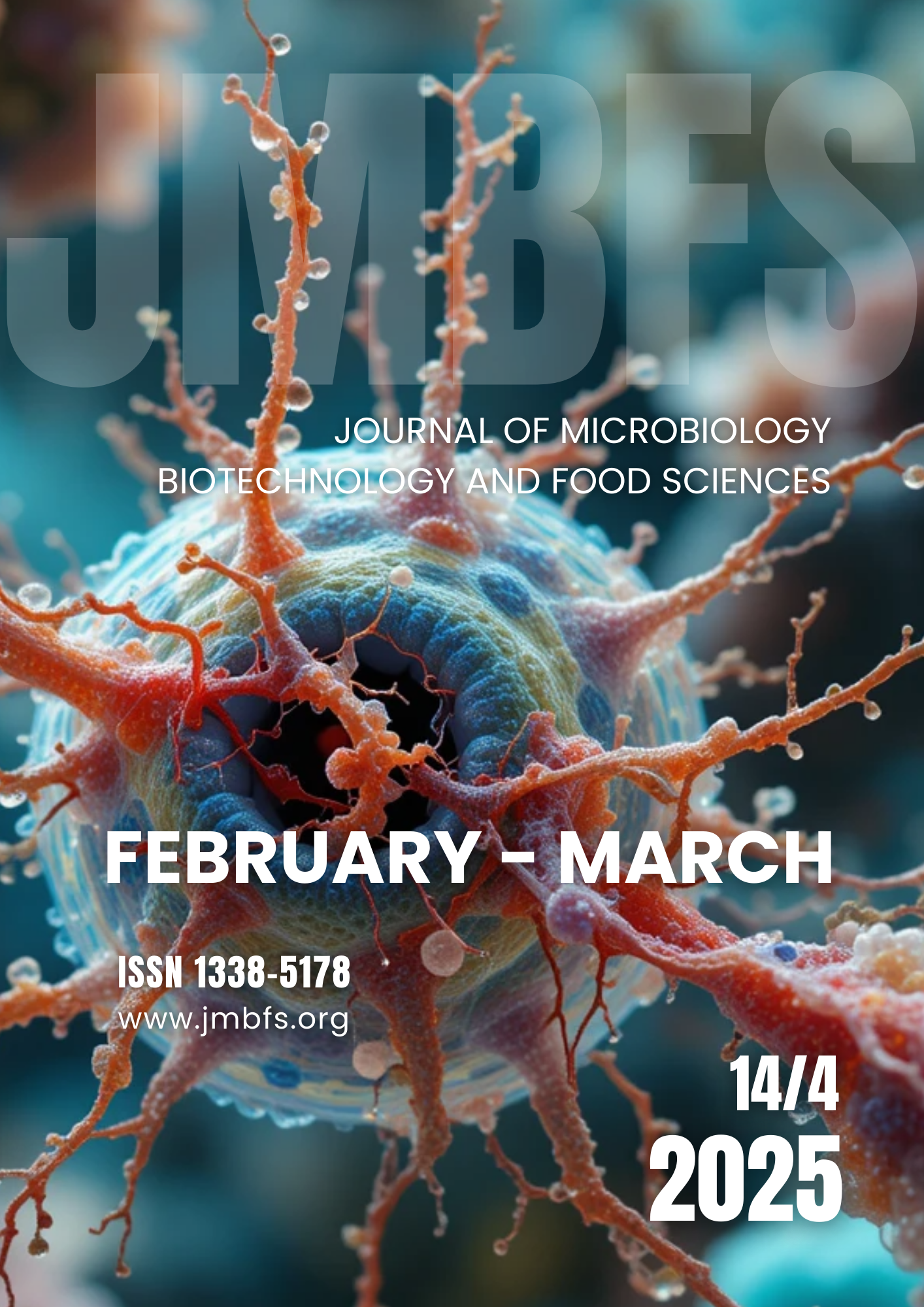EVALUATION OF ANTICANCER ACTIVITY OF CINNAMOMUM ZEYLANICUM AGAINST BLOOD CANCER CELL LINE
DOI:
https://doi.org/10.55251/jmbfs.11729Keywords:
Angiogenesis, Anti-cancer activity, Cinnamomum zeylanicum, Decoction, Leukemia cancer cell lineAbstract
Worldwide, leukemia is a major health concern. It ranks as one of the prevalent forms of cancer, particularly among children and adults. It affects individual of all age. The prevalence of leukemia varies geographically, with higher rates reported in developed countries where diagnostic capabilities and healthcare infrastructure are more advanced. The goal of present study was to calculate the antioxidant activity. The antiangiogenic activity was also performed using chick chorioallantoic membrane assay. Further, the decoction was evaluated against the leukemia cancer cell line K-562 for anti-cancer activity. The EC50 of DPPH (162.77±6.59%, p≤0.0001) and FRAP (133.65±6.00 mg) activity for Cinnamomum zeylanicum decoction was found to be higher as compared to standard (51.31±1.29% and 115.81±7.6 mg, respectively). The total phenol and flavonoid content of Cinnamomum zeylanicum decoction were 49.66±1.23 mg/GAE/100g and 12.67±0.03 mg/ RTE/ 100g, respectively. In the CAM assay, Cinnamomum zeylanicum decoction treatment shows less veins formation as compare to negative control. The Cinnamomum zeylanicum decoction treated group showed decrease in hemoglobin content than both the positive and negative controls. The decoction showed major anticancer activity against k 562 in contrast with Adriyamycin, a standard drug. The IC50 value observed for ADR was similar to cinnamon which is standard anti-cancer drug. Cinnamon was discovered to be the most potent cytotoxic agent, inhibiting K-562 cell proliferation by more than 50% at concentrations. Based on the study, we recommended the use of Cinnamomum zeylanicum as a possible remedy and preventative measure for cancer.
Downloads
Downloads
Published
How to Cite
Issue
Section
License
Copyright (c) 2023 Sayali Hatte, Pallavi Mandave, Ashwini Jadhav

This work is licensed under a Creative Commons Attribution 4.0 International License.
All papers published in the Journal of Microbiology, Biotechnology and Food Sciences are published under a CC-BY licence (CC-BY 4.0). Published materials can be shared (copy and redistribute the material in any medium or format) and adapted (remix, transform, and build upon the material for any purpose, even commercially) with specifying the author(s).





